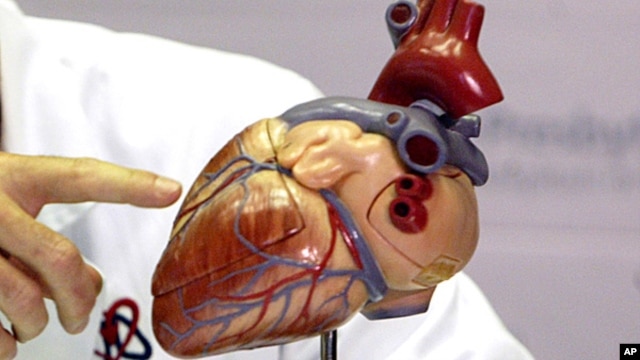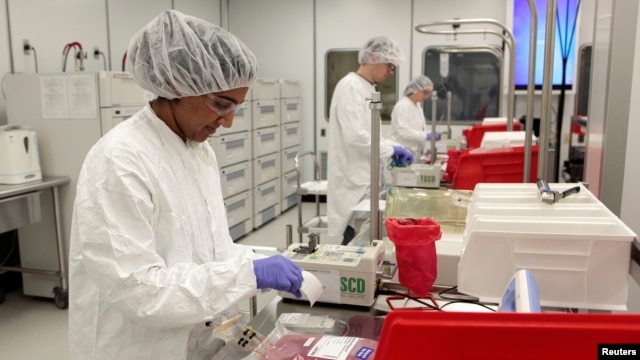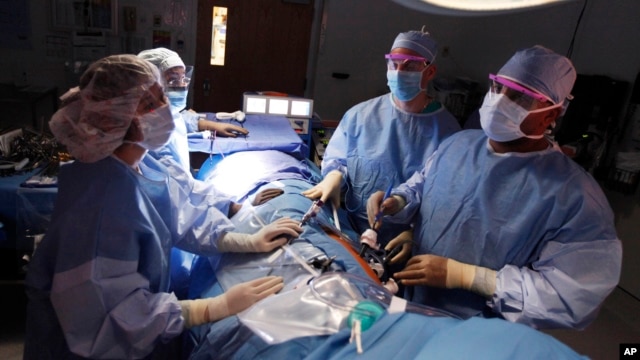Adam's Apple
Senior Member
- Apr 25, 2004
- 4,092
- 452
- 48
Please note that adult stem cells are being used in this important research, not embryonic stem cells. I have been unable to find any articles highlighting the successful use of embryonic stem cells in important research.
Last Hope for Heartache
By John Fauber, Milwaukee Journal Sentinel
December 3, 2005
New gene therapy could help untreatable angina sufferers grow new blood vessels, muscle cells
http://www.jsonline.com/alive/news/dec05/375270.asp
Last Hope for Heartache
By John Fauber, Milwaukee Journal Sentinel
December 3, 2005
New gene therapy could help untreatable angina sufferers grow new blood vessels, muscle cells
http://www.jsonline.com/alive/news/dec05/375270.asp



